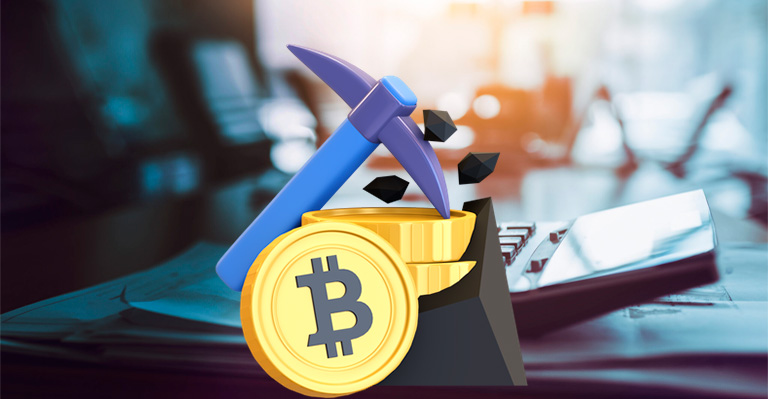TL;DR
- Record Profits: Bitcoin miners earned a staggering $107 million on April 20th, 2024, with 75% of this coming from transaction fees due to increased activity on the Runes protocol.
- Runes Protocol Impact: The Runes protocol, which deviates from the standard BRC-20 by using a UTXO model, has led to a surge in Bitcoin network activity and higher transaction fees.
- Future Outlook: Despite a decrease in average transaction fees since 2017/2018, the Runes protocol’s influence on Bitcoin mining profitability is significant, and its future development may further shape the industry.
On April 20th, 2024, Bitcoin miners saw a huge increase in earnings, making a total of $107 million. This achievement is a major milestone in the world of Bitcoin mining.
The majority of the earnings, around 75% or $80 million, came from transaction fees. The remaining $27 million came from the block subsidy. It’s important to mention that Bitcoin miners receive rewards for confirming transactions and solving blocks.
When you look at the top 10 most valuable blocks in Bitcoin in terms of US dollar value, a clear trend stands out – most of them were mined after the halving. The very first block after the halving earned a total of $2.6 million in fees and rewards, coming close to the top spot. The following blocks had values ranging from $1.3 million to $2 million.
The increase in income is a result of the increased minting activity on the recently launched Runes protocol. This protocol brings meme coins to the Bitcoin blockchain and strays from the BRC-20 token standard by utilizing an Unspent Transaction Output (UTXO) model.
Runes and Ordinals share a common feature; they both allow users to etch data permanently onto the Bitcoin blockchain, akin to carving an inscription into stone. However, the type of data they store sets them apart: Ordinals serve as unique digital collectibles, much like high-end trading cards.
The Role of Runes Protocol in Increasing Bitcoin Miners’ Fees

Contrarily, Runes are crafted to function more like meme coins, the widely exchanged and often comical tokens that have recently sparked a frenzy in the crypto universe.
This shift in income structure highlights the escalating significance of transaction fees as a crucial revenue stream, particularly as block rewards are set to decrease in line with Bitcoin’s halving system.
Research shows that the introduction of Runes led to a significant increase in Bitcoin network activity, causing congestion and higher fees. An analysis from Dune indicates that Runes transactions made up 57% of all transactions, amounting to more than 12,200 BTC after the halving event.
The rise in transaction fees has not deterred experts from observing a decrease in average fees from 2017 and 2018. According to Julio Moreno, Head of Research at CryptoQuant, the average transaction fees are still lower despite the increased Rune activity compared to past years.
In conclusion, the introduction of the Runes protocol has created a new dynamic in the Bitcoin mining sector, leading to record-breaking profits. As the Runes ecosystem continues to develop, it will be interesting to see how this impacts the future of Bitcoin mining.

